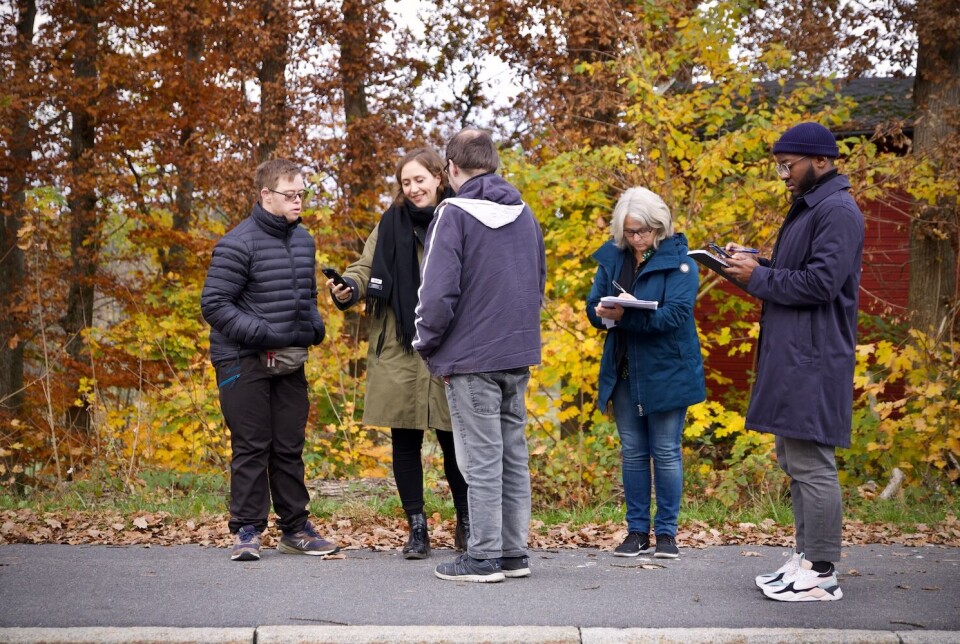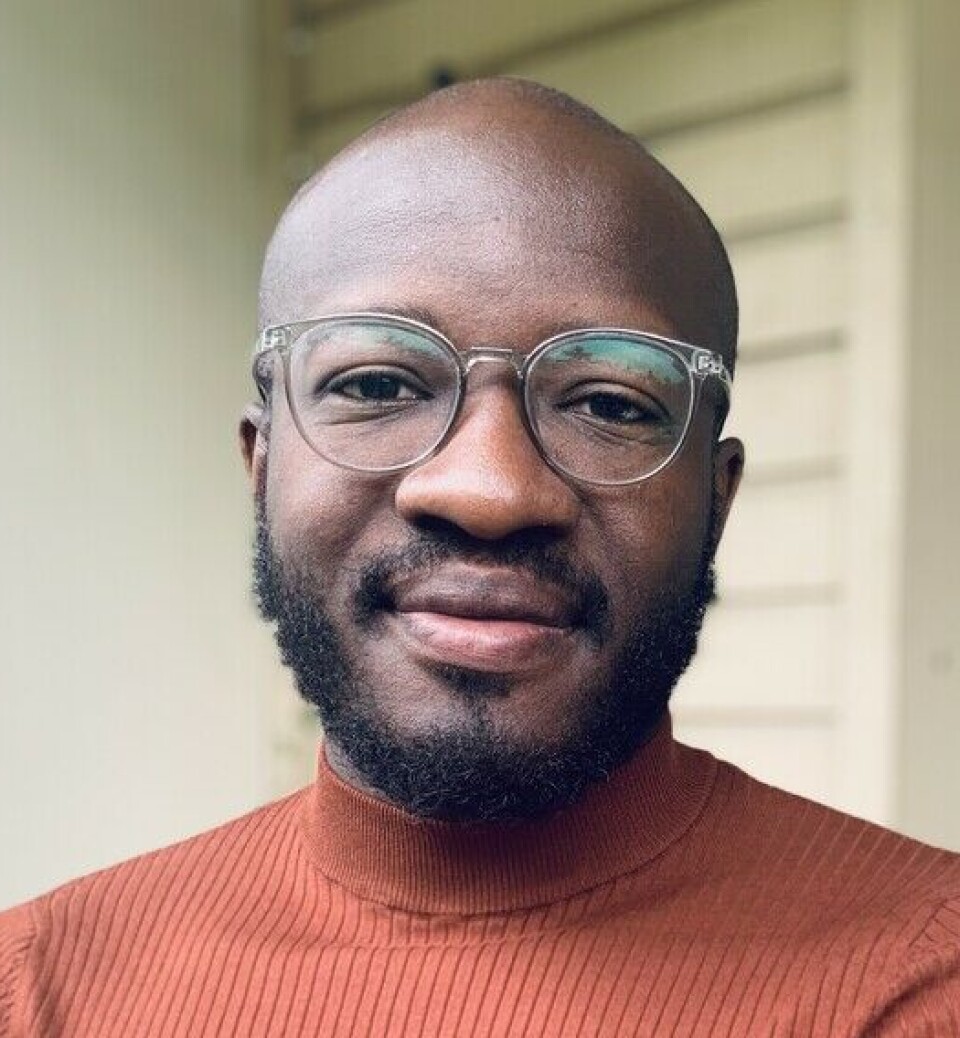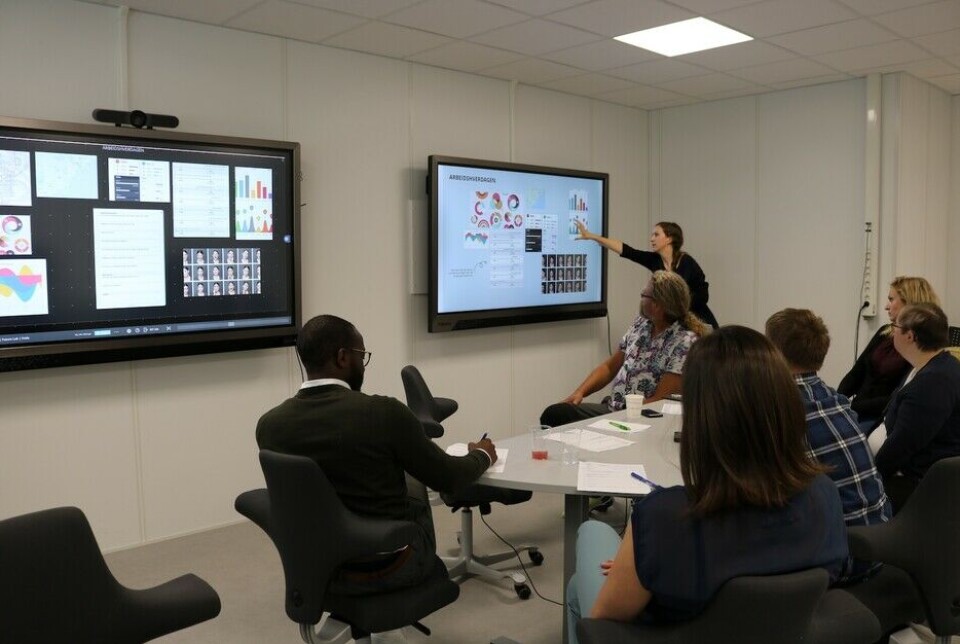THIS CONTENT IS BROUGHT TO YOU BY THE University of Agder - read more

People with disabilities contribute to better technological solutions
When individuals with disabilities are involved in the development of technology that they will use, it leads to better digital solutions and promotes social inclusion.
The atmosphere on the bus is cheerful. A group of young people with disabilities are testing an app they have helped develop. This app is designed to make it easier for them to take the bus to and from work.
Researchers and developers from the InnArbeid project are accompanying them. Led by the University of Agder, the project aims to support the transition of young people with disabilities from school to the workplace.
The participants keep an eye on their screens and focus on getting off at the correct stop. They then have to wait for the right bus to arrive. Researchers from InnArbeid are asking questions: What do you do if the bus doesn’t arrive? Who do you notify?
Designers gain new insights
Chris Safari is one of the researchers on the bus. He has been involved in the project from the start and has completed a PhD on how people with disabilities experience participating in the development of digital technology such as this.

“When we design technology, we depend on the involvement of the technology users, especially when their daily lives differ from that of the designers. It's difficult to imagine the life of the participants if you don't have a disability yourself,” Safari says.
Safari believes that involving people with disabilities in the development of solutions for this group is a win-win situation. It benefits the participants, developers, and the end product.
“Involving this target group comes with its challenges. It takes longer, costs more, and finding suitable methods can be difficult. However, overcoming these obstacles is the responsibility of the researchers,” he says.
It's a matter of rights
Safari also says that this is a matter of the rights of this group of people.
“We ensure the rights of people with disabilities by involving them in matters that concern them. Universal design is a political goal, and it's recommended to involve the target group,” he says.
As a learning disability nurse, Safari focused on including the voices of the participants, observing and interviewing them throughout the process. Hege, one of the users interviewed for the PhD thesis, says:
"You learn a lot. It’s like in school. You learn a lot in both places. You learn new things, and you receive help when you need it in both places. But design activities are more interesting because in school, there are classes and subjects and things like that. But here, it’s about what interests you, and you are allowed to do more of what you want."
Achieving social inclusion
When users participate in the development process, designers learn more about who will use the technology, how it will be used, and in what situations.
By participating in projects like this, users also become more included in society, Safari explains.
“The participants had fun and felt that they were involved in something meaningful. But it was also an educational experience for them. They learned not only how technology is used, but also how it is developed,” he says.

The researcher believes that this participation can be seen as equivalent to work or school.
“When participants with disabilities collaborate with researchers and designers, both groups form new relationships. The project took place in different locations, such as the participants’ school, the university, and other community settings. It's this mix of people and settings that helps the social inclusion of the participants,” says Safari.
Developing better methods
In addition to the users, the designers and researchers also benefited from the InnArbeid project. They also learned more about how to collaborate with people with disabilities.
“We learned about how to better facilitate in such settings and identified what kinds of methods are suitable for this target group. We discovered that creative approaches such as Photovoice are useful,” Safari says.
Photovoice is a technique in which participants take pictures of things they want to discuss later. This provides them with visual support during conversations about their experiences.
“This knowledge can be applied in similar endeavours with other marginalised target groups,” he says.
Reference:
Safari, M.C. Intellectual disability and participation in digital technology design activities: A catalyst for social inclusion, Doctoral dissertation at the University of Agder, 2023.
———
Read the Norwegian version of this article at forskning.no

This content is paid for and presented by the University of Agder
This content is created by the University of Agder's communication staff, who use this platform to communicate science and share results from research with the public. The University of Agder is one of more than 80 owners of ScienceNorway.no. Read more here.
More content from the University of Agder:
-
Research paved the way for better maths courses for multicultural student teachers
-
The law protects the students. What about the teachers?
-
This researcher has helped more economics students pass their maths exams
-
There are many cases of fathers and sons both reaching elite level in football. Why is that?
-
How we used plants to protect ourselves from evil
-
What is it like for nurses to promote health behind bars?




































